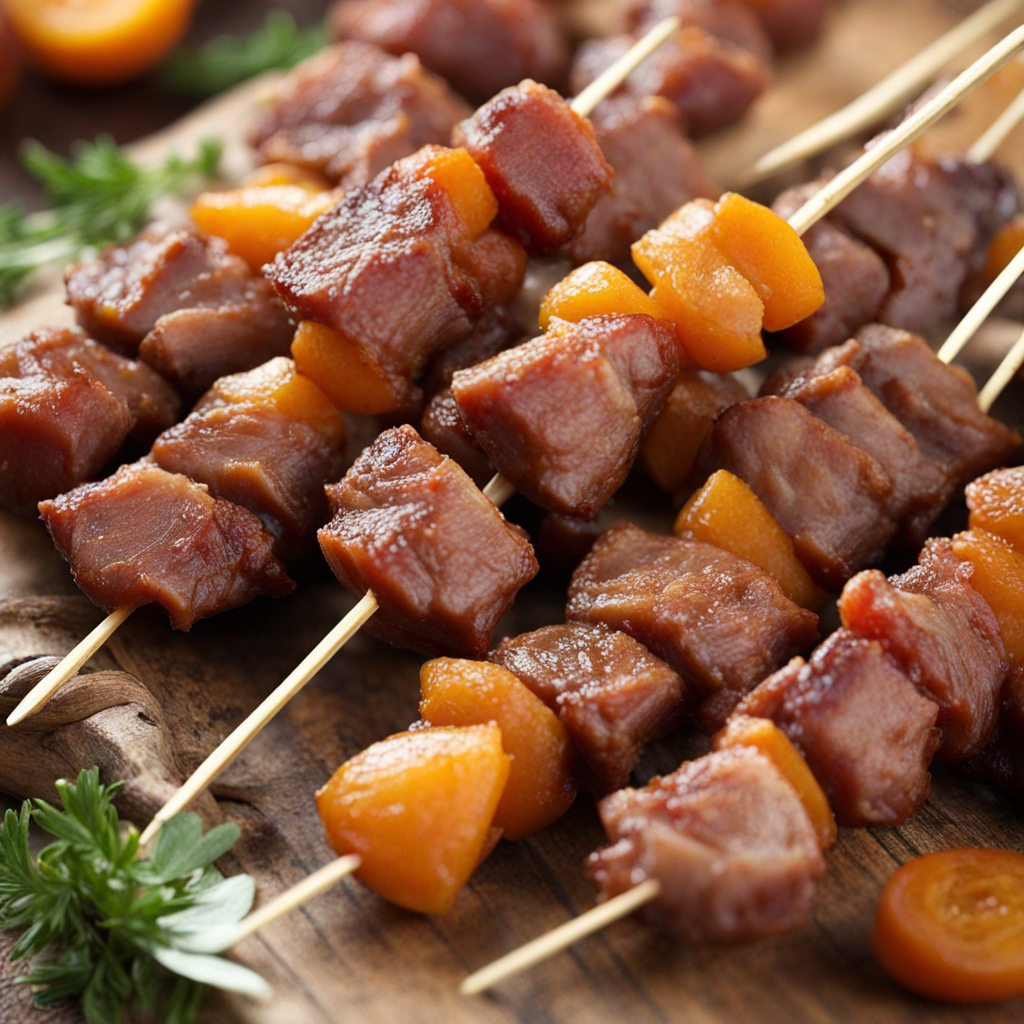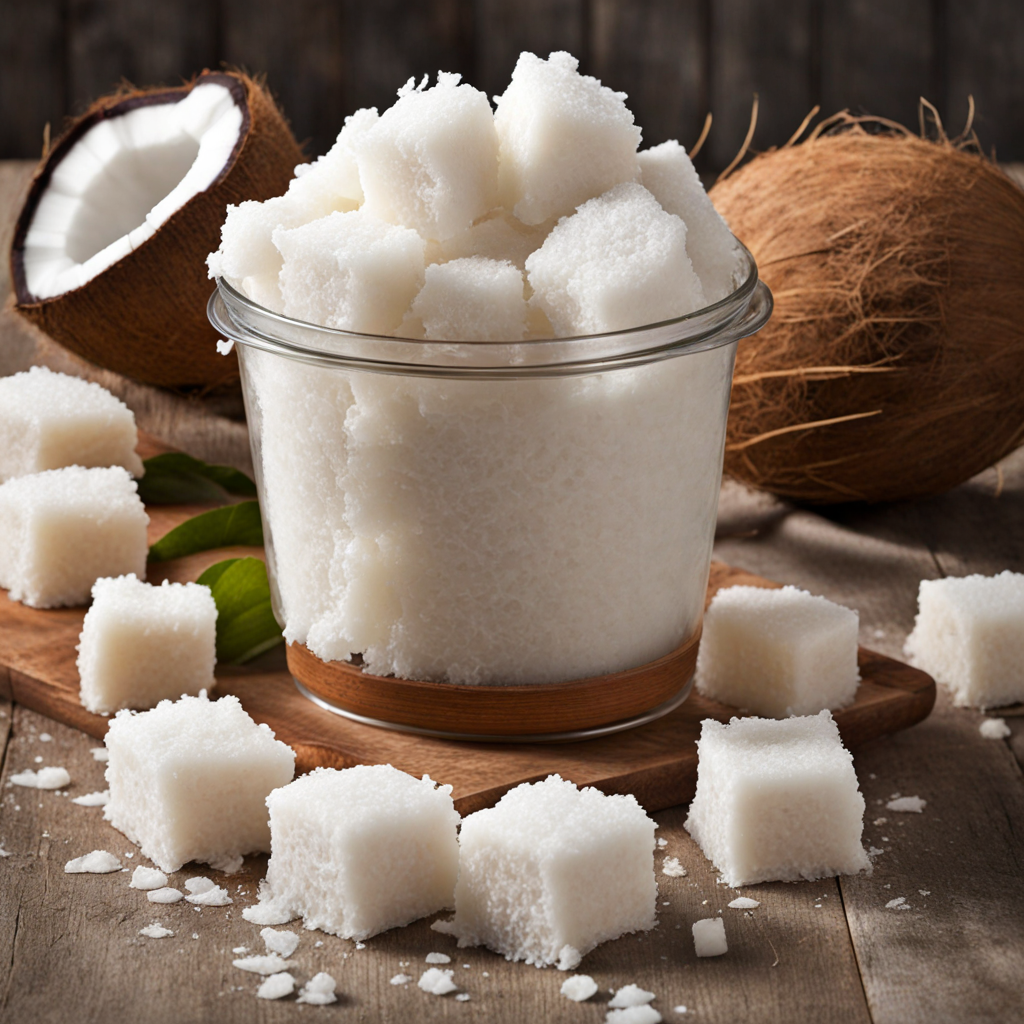Sarmie
Sarmie, a beloved South African sandwich, is a delightful fusion of flavors and textures that encapsulates the spirit of the country's diverse culinary scene. Typically made with fresh, crusty bread, Sarmies are generously filled with an array of ingredients that can vary greatly depending on personal preference and regional influences. Common fillings include tender marinated meats, such as boerewors (a type of sausage) or grilled chicken, combined with vibrant vegetables like lettuce, tomatoes, and avocados, all lovingly layered to create a satisfying bite. What sets Sarmies apart is their versatility and the inventive combinations that can be crafted. South African cuisine often showcases bold flavors, and Sarmies are no exception, with many versions incorporating spicy chutneys, creamy mayonnaise, or tangy pickles that elevate the sandwich to new heights. Furthermore, vegetarian and vegan options are readily available, featuring ingredients like roasted peppers, hummus, or even curried chickpeas, making Sarmies a delightful choice for everyone. One of the most popular ways to enjoy a Sarmie is during outdoor gatherings, where they are often served alongside braai (barbecue) fare, making them a staple at picnics and parties. The communal nature of sharing Sarmies with friends and family adds to their appeal, as each person can customize their sandwich to suit their taste. With their scrumptious fillings and the heartiness of the bread, Sarmies are not just a meal; they are an experience that invites you to explore the rich tapestry of South African flavors.
How It Became This Dish
The History of Sarmies: South Africa’s Beloved Sandwich #### Origins The "sarmie," a beloved South African sandwich, has roots that intertwine with the country's diverse cultural tapestry. The term "sarmie" is derived from the word "sandwich," which is believed to have been named after John Montagu, the 4th Earl of Sandwich, in the 18th century. However, the concept of placing food between bread has existed for centuries and can be traced to various ancient civilizations that understood the practicality of portable meals. In South Africa, the sandwich culture began to emerge during the 19th century, when the British colonial influence introduced new ingredients and culinary styles. The arrival of various immigrant groups, including the Dutch, Indian, and Malay communities, further enriched the local food scene. This amalgamation of influences led to the sarmie's evolution, infused with local flavors and ingredients that reflect the nation's multicultural identity. #### Cultural Significance The sarmie is more than just a meal; it represents South African hospitality and the spirit of sharing. The sandwich has become a staple in many households, commonly enjoyed during picnics, braais (barbecues), and family gatherings. It serves as a symbol of comfort food, evoking nostalgia and a sense of community. In South Africa, sarmies are not just confined to traditional fillings like ham and cheese. They have adapted to reflect the flavors of the region. Ingredients like biltong (dried cured meat), boerewors (a type of sausage), and chakalaka (a spicy vegetable relish) have found their way into sarmies, showcasing the country’s rich agricultural produce and culinary creativity. The sarmie thus encapsulates South Africa’s varied cultural landscape, where each filling tells a story of its origin and significance. #### Development Over Time The sarmie has undergone significant transformations throughout its history, influenced by socio-economic changes, culinary trends, and global influences. In the early 20th century, as urbanization increased and people flocked to cities for work, the sarmie became a practical meal option for the busy urbanite. Street vendors began selling sarmies filled with various ingredients, catering to a growing demand for quick and affordable meals. The post-apartheid era in the 1990s marked a significant shift in South African society, affecting the culinary landscape as well. With the advent of democracy, there was a newfound pride in local cuisine, and people began to explore and celebrate their diverse food heritage. The sarmie played a crucial role in this renaissance, as chefs and home cooks experimented with traditional ingredients and global culinary techniques. During this time, the sarmie began to be recognized not just as a snack or lunch option, but as a canvas for culinary creativity. Gourmet variations emerged, often found in trendy cafés and restaurants. Ingredients like artisanal breads, exotic cheeses, and locally sourced vegetables became the hallmarks of a modern sarmie. The rise of the health-conscious movement also influenced sarmie fillings, leading to the incorporation of whole grains, organic produce, and plant-based options. #### Regional Variations One of the most fascinating aspects of the sarmie is its regional variations, which showcase South Africa’s diverse culinary landscape. In the Western Cape, for instance, you might find a sarmie filled with snoek (a type of fish) and apricot jam, reflecting the coastal flavors of the region. In Gauteng, biltong and avocado may be a popular filling, while in KwaZulu-Natal, you might encounter sarmies made with spicy peri-peri chicken. The influence of Indian cuisine in South Africa has also left its mark on the sarmie. The "bunny chow," originating from Durban’s Indian community, has inspired sandwich versions, where curry is served in hollowed-out bread. This fusion of flavors exemplifies the adaptability of the sarmie, as it continues to evolve and incorporate diverse culinary influences. #### The Sarmie Today In contemporary South Africa, the sarmie has become a symbol of pride, creativity, and culinary innovation. Many local businesses and food trucks have embraced the sarmie as a way to showcase regional ingredients and flavors. The rise of social media has also played a role in popularizing unique sarmie creations, with food enthusiasts sharing their culinary adventures online. Moreover, the sarmie has entered the realm of gourmet cuisine, with chefs experimenting with unexpected ingredients and techniques. From sarmies made with sourdough bread and artisanal spreads to those featuring exotic meats and pickled vegetables, the possibilities are endless. This evolution reflects a broader trend in South African cuisine, where traditional dishes are being reimagined for a modern audience. #### Conclusion The sarmie is a quintessential part of South Africa's culinary identity, evolving from a simple meal into a symbol of cultural diversity and creativity. Its origins, shaped by colonial influences and local traditions, have led to a rich tapestry of flavors and ingredients that continue to define this beloved sandwich. As South Africa embraces its culinary heritage while looking towards the future, the sarmie will undoubtedly remain a cherished staple—both in homes and on the streets, a delicious testament to the country's vibrant food culture. Whether enjoyed at a bustling market, a family gathering, or a chic café, the sarmie is a reminder of the shared stories and flavors that unite South Africans from all walks of life.
You may like
Discover local flavors from South Africa







